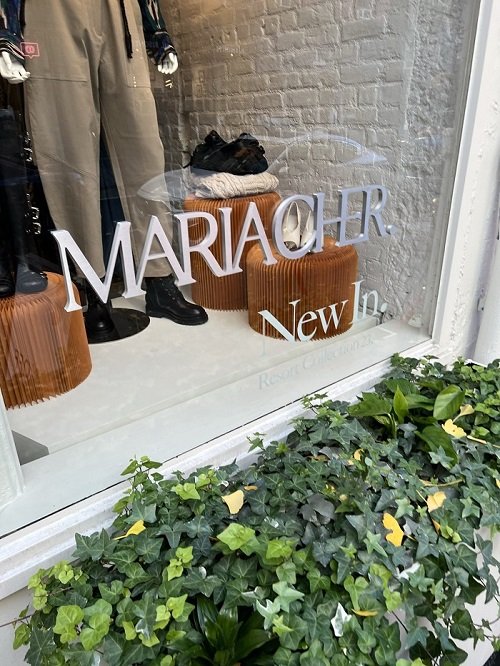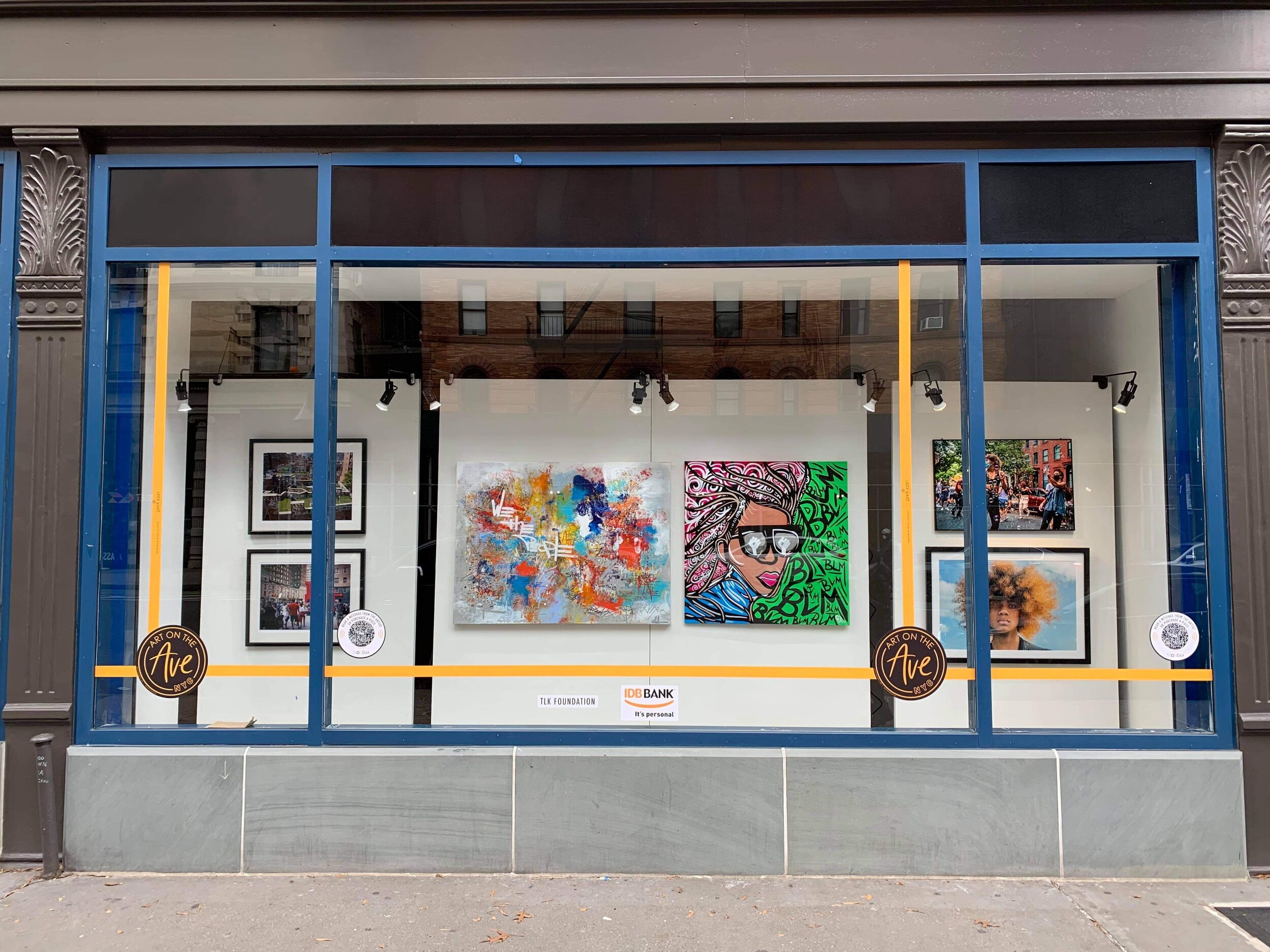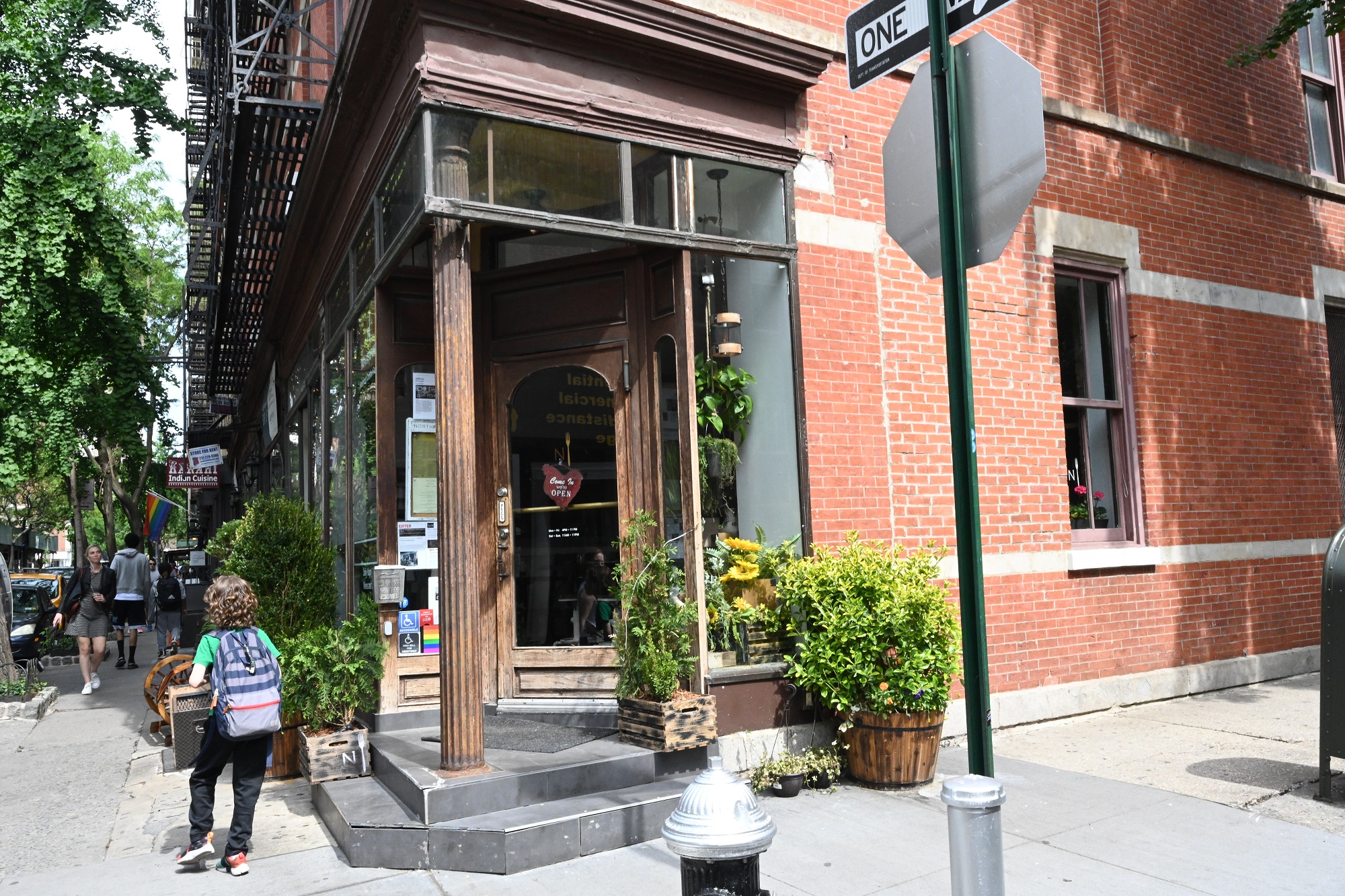BY CYBELE POLICASTRO
Last Friday, Bleecker Street Beat sat down with Helen Ann Lally, owner of Your Neighborhood Office (YNO). Lally’s store, which has provided copy-office services on Bleecker Street for 24 years, is closing on March 24th. Bleecker Street Beat was curious to ask why she is closing now, how she started to begin with and her take on the changing landscape in the West Village. Here’s what she said…
BSB: Why did you decide to close YNO?
Well, what happened is I should have really gotten out three years ago, but I loved it so much that I came in, but last year I took a beating. My business was down 100 thousand dollars and it left me no choice but to close. And already this year I'm down twenty percent. It's like somebody turned a switch. I figured December would pull me out of it and it didn't, it actually was the worst December we've ever had. So then it was time to be more realistic.
I'm not somebody that says, oh, what's happening to the Village, it's what's happening in the world. Everything is changing and this is part of that change, you know, the young people that work for me don't know stores with people in them, they only know them empty. So I try to go to that timeline to think and feel sometimes. You know there's always somebody with a dream and a buck to come in, but it's not as much as used to be.
The landlords are working with the tenants. People don't think they are but they are. They don't want the storefronts empty, they understand what's going on, but the city and the landlords are 10 years late, they needed to do this 10 years ago.
And you know I order everything online. It's no different than everybody else.
BSB: Do you think a big part of it is the disruption that is happening with Amazon?
I was a very successful shipping business. I now take free packages all day long. The foot traffic deceased. I would say a quarter of the apartments in my vicinity are empty because the people don't live in this country, there are a lot of reasons.
Bleecker Street became more of a corporate block, whereas before there were little shops that people would stop that on the way to school or work and those shops have gone out, you know, was 20 years ago that. Marc Jacobs stepped in. So that's two, 10-year leases that have turned over in that time, and for me it hit with Marc.
People used to give away things. They shipped clothes or old computers. People throw things out now or they are more thrift shops and they drop it off for the tax deduction. So there's not one thing, but there are enough things that ate away at it for the first time in 24 years. The copy counts. The facts from the notary numbers were down and they increased every year for 24 years.
BSB: How were you doing with mailbox rentals?
I had four hundred and twenty, and they were always rented, five years ago They started to slip off. I have added so many services in the last 10 years to keep my bottom line going up and I have, the number stays the same, except for last year.
BSB: How did you end up opening YNO on Bleecker?
I worked for an Ogilvy & Mather subsidiary for 13 years. I started as a typist and I ended up as the Director of Administration. We had a good run and then a very large company came in and bought us out. I'm a high school graduate school and I went to look for a job nobody would hire me because I didn't have college and they didn't know how to pay me. So I went and I applied to Mailboxes, Etc. and I went into a training course and after the first week realized I knew more than them. My boss called me up and said, Helen Ann, you're not going to believe but I have a client that owns a Mailbox business on Hudson Street. And that was on August 1st and I opened YNO on September 15th, 1993 and it was only mailboxes. There wasn't anything else. I worked seven days a week for five years.
BSB: I have read that Amy Sedaris was one of your clients?
We would do everything for Amy. We would watch her rabbit. She became my friend.
I had a couple big time celebrities, and it's not the celebrities, it's their assistants would find us and I'd have to buy a piano by 3:00p and have it in a public school. I got a call the day before and said; I'm told you can do anything. I said, that's a pretty tall order. Tell me what your story is. well, I'm dying and I'd like to have my estate cleared up because my family's crazy and I want to know that somebody has everything in place. And that was a three month period and, and we became friends so it was really interesting to be in someone's life for that.
BSB: Do you still see a lot of characters in the Village?
Who is left is anybody who can afford it needs to have a rent controlled apartment and they usually people in their sixties or older at this point. They really can't afford to live here, but there's still a breath of the old air. I think it's losing its personality but anything I'm saying I think is New York City, not just Greenwich Village. I'm not limiting it to down here. It's everywhere and a lot about personality is just because people don't talk anymore and it's just the way it is.
BSB: How do you feel about the blog, Jeremiah's Vanishing New York, take on what is happening with retail in the city?
So funny, I thought, oh my god, I am finally going to make it to Jeremiah's list. I think that things always change, the average life of a retail business is eight years and I don't think most people realize that.
BSB: What accounted for your longevity?
I had a place to go. I told people what to do and they gave me money. I went back every day. I did. I loved it. I loved my little business. I'm very sad. I'm going to cry. I have to go home every day at 1pm because I'm so overwhelmed.
I've had people come in and offer me affordable space in the Village. I've had people come in, I've had venture capitalists. I have had many offers. The business is gone, the business is gone. I wouldn't be leaving.
BSB: We will all really miss you. Thank you.
Helen Ann will be splitting her time between her hometown, Rockaway Beach, NY, Palm Beach, Florida and Provincetown, MA.















































































































